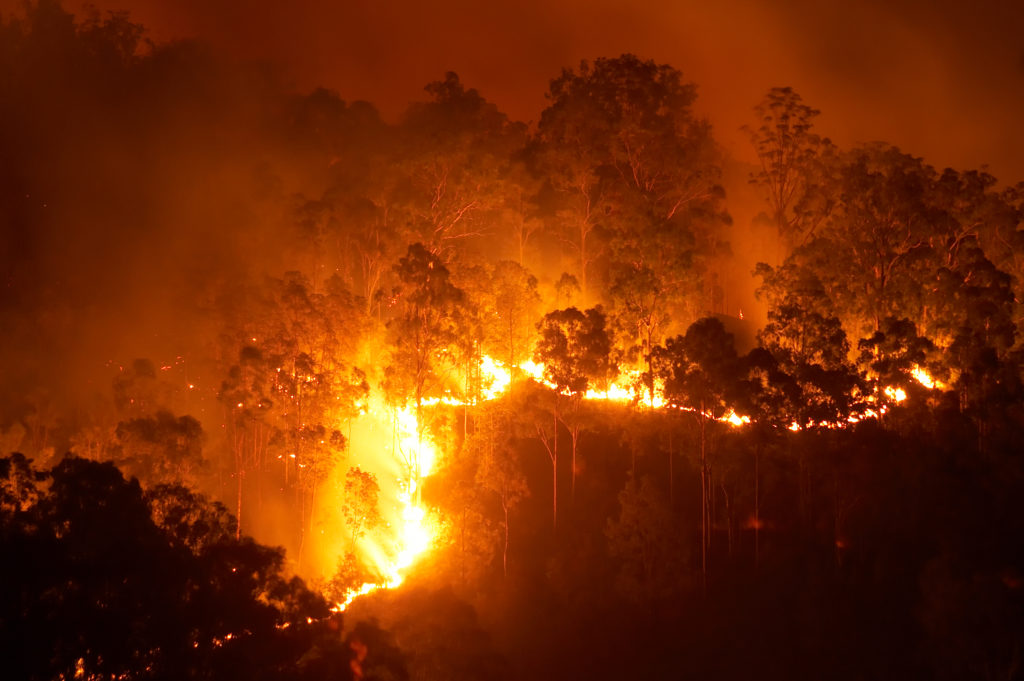Safeguarding Your Home: The Critical Role of a BAL Report in Bushfire Readiness
Safeguarding Your Home: The Critical Role of a BAL Report in Bushfire Readiness
Blog Article
Ensuring Shrub Fire Protection With Correct BAL Record Evaluation
In the realm of bush fire security, the precise evaluation of Bushfire Strike Degree (BAL) records stands as a foundation for securing residential or commercial properties against the disastrous effect of wildfires. With environmental factors and residential or commercial property qualities playing significant duties in figuring out the level of risk, a comprehensive understanding of BAL ratings ends up being necessary. The real significance lies not simply in understanding these reports yet in understanding them successfully to develop tailored fire defense methods. By delving right into the relevance of BAL report analysis, we discover a realm where notified decisions lead the path towards bolstering property security and strength in fire-prone areas.
Understanding Bushfire Assault Level (BAL)
In the world of bushfire defense, understanding the Bushfire Strike Degree (BAL) is extremely important for ensuring effective reduction strategies. Understanding the BAL rating of a residential property is vital for residential or commercial property home builders, owners, and policymakers to execute suitable actions to secure versus bushfire dangers.

Significance of BAL Report Analysis
An important aspect in bushfire defense preparation includes the complete evaluation of BAL reports to assess the potential threats and establish proper mitigation techniques. BAL reports give critical details regarding the prospective impact of bushfires on a residential or commercial property based on numerous aspects such as plant life kind, distance to potential fire threats, and incline of the land. Evaluating these records with accuracy is critical in developing reliable bushfire security measures customized to the particular threat account of a residential or commercial property.
Implementing Fire Defense Actions
Applying effective fire security actions is crucial for protecting properties in bushfire-prone areas. This includes clearing up flammable plants, such as completely dry leaves and branches, within a particular distance of the home.
Moreover, having a well-kept and adequate water supply, such as a container or pool, can help firefighters in their initiatives to protect the building. BAL Report. In general, applying a combination of these fire defense steps can dramatically enhance the opportunities of protecting properties throughout bushfire occasions.
Mitigating Threats in Fire-Prone Areas
To strengthen residential or commercial properties versus bushfire read more threats, a calculated emphasis on mitigating risks in fire-prone areas is important. Mitigating dangers in fire-prone locations involves a detailed strategy that includes different actions to decrease the probability and influence of bushfires. One essential element of threat mitigation is preserving defensible area around properties by removing combustible plant life, ensuring sufficient spacing in between trees and frameworks, and using fire-resistant landscaping practices. Furthermore, applying ember-proofing actions such as installing metal mesh screens on windows and covering roofing dental caries can help avoid cinder assaults and decrease the risk of spot visit this site fires.
In addition, creating or retrofitting structures with fireproof products and making sure appropriate maintenance of roofs, gutters, and exterior cladding can dramatically improve the property's resilience to bushfires. Creating and exercising a bushfire emergency situation plan with all occupants, consisting of discharge treatments and communication approaches, is likewise vital in mitigating risks successfully. By adopting an aggressive method to take the chance of reduction in fire-prone locations, residential property owners can much better safeguard their properties and improve total bushfire preparedness.
Ensuring Building Security and Resilience
Making certain the safety and strength of properties in fire-prone locations requires an unwavering commitment to durable safety nets and calculated planning. Residential property safety starts with applying reliable procedures to reduce fire dangers. This includes keeping a defensible space around the building by removing combustible vegetation, making sure correct maintenance of rain gutters and roofs, and utilizing fireproof building materials. Normal upkeep of firefighting devices, such as tubes and automatic sprinkler, is likewise crucial to building resilience.
Strength, on the other hand, entails the capability of a property to recover and hold up against from a bushfire. This can be boosted with the installation of ember guards on vents and home windows, making certain that entrance points for embers are decreased. In addition, having a well-thought-out evacuation strategy and practicing it frequently can considerably increase property strength. Working together with neighbors and neighborhood fire authorities can also strengthen the security and resilience of properties in fire-prone locations. By proactively dealing with these facets, homeowner can much better protect their assets and liked ones from the risk of bushfires.
Verdict
In final thought, making certain bushfire protection via proper BAL record evaluation is essential for comprehending the degree of risk presented by bushfires and applying necessary fire security procedures. By reducing threats in fire-prone areas and making sure property security and strength, individuals and Get More Information neighborhoods can better get ready for and reply to bushfire events. It is necessary to focus on fire precaution to safeguard lives and building in these high-risk environments.
In the realm of bush fire defense, the thorough analysis of Bushfire Attack Level (BAL) reports stands as a keystone for safeguarding homes versus the devastating impact of wildfires (BAL Report). Understanding the BAL rating of a residential property is critical for residential or commercial property owners, home builders, and policymakers to execute appropriate measures to safeguard versus bushfire dangers
BAL reports offer critical information regarding the prospective influence of bushfires on a home based on numerous factors such as greenery type, range to potential fire risks, and slope of the land (BAL Report). Generally, applying a mix of these fire protection measures can substantially boost the chances of protecting homes throughout bushfire events
Report this page